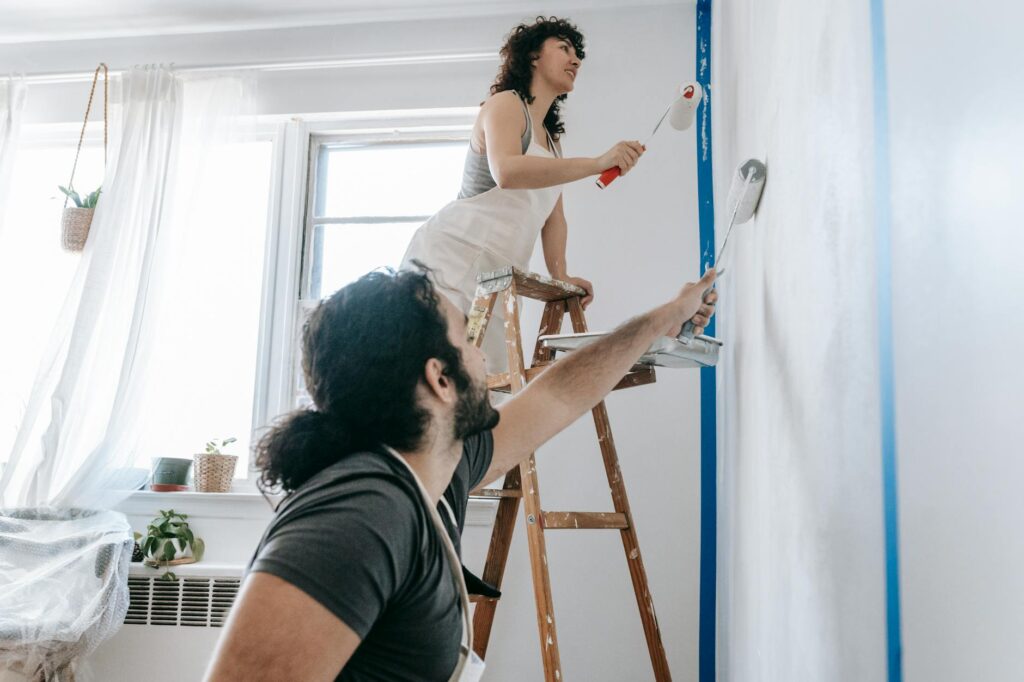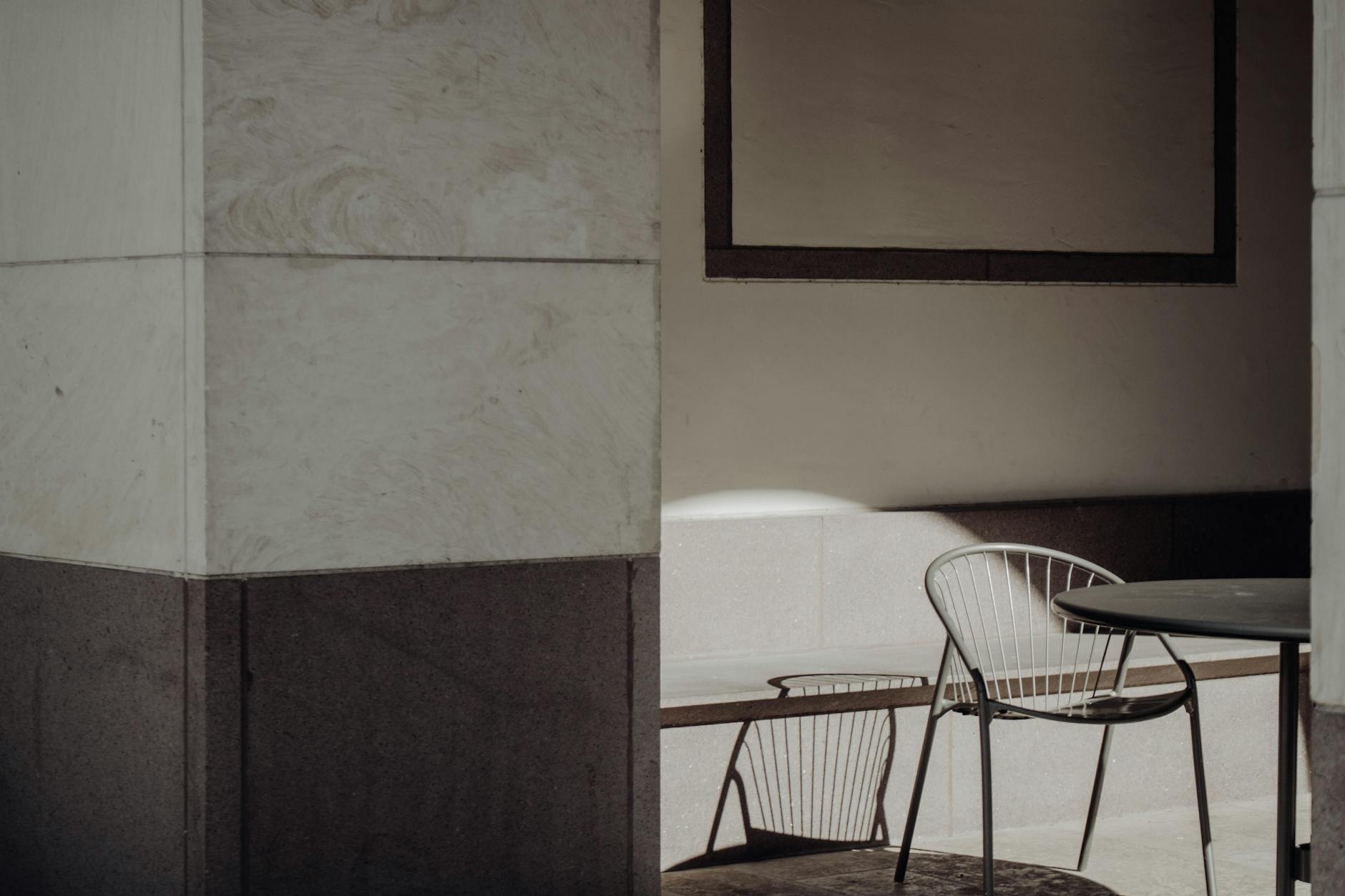Walking into your living room, you get that unsettling feeling: something’s amiss. It doesn’t feel quite right, yet pinpointing the problem proves difficult. This feeling of ‘off-ness’ is more common than you think! Fortunately, identifying and rectifying the issue is often simpler than expected. Let’s explore some common culprits and solutions to restore harmony to your living space.
Color Palette Clash
Is your color scheme creating an unexpected tension? Sometimes, clashing colors can subconsciously make a room feel uncomfortable. Consider the psychology of color; certain shades can evoke different moods. A balanced palette is key! If you’re unsure, consult a color wheel or seek inspiration from online resources on color theory. 
Insufficient Natural Light
Natural light is crucial for a welcoming atmosphere. Dark rooms can feel cramped and uninviting. Assess your window treatments; heavy curtains or blinds might be blocking precious sunlight. Consider switching to sheer curtains or blinds that allow more light to filter through. Maximizing natural light can significantly improve the overall feel of your space. 
Clutter Overload
Clutter is a silent thief of serenity. Too many items crammed into your living room can create visual noise and make the space feel chaotic and disorganized. Begin decluttering! Sort through items, donate what you no longer need, and find storage solutions for the rest. A minimalist approach is often the most effective. Learn simple decluttering techniques to get started.
Furniture Arrangement Issues
The arrangement of your furniture significantly impacts the flow and feel of your living room. Is your seating arrangement conducive to conversation and relaxation? Experiment with different layouts to find what works best for your space and lifestyle. Ensure there’s enough room to move around comfortably. 
Ignoring Scale and Proportion
Oversized or undersized furniture can throw off the entire aesthetic. Make sure your furniture is appropriately scaled for your room. A large sofa in a small room might make it feel cramped. Similarly, small furniture in a large room might feel lost and insignificant. Check out design blogs for inspiration on getting scale right.
Neglecting Texture and Pattern
Adding various textures and patterns can significantly enhance the visual interest and depth of your living room. Introduce different materials like wood, metal, and fabrics. Play with patterns in your rugs, cushions, or artwork to create a dynamic and engaging space. A monotonous texture can appear flat and uninspiring.
Lighting Problems
Proper lighting is essential for creating the desired ambiance. Relying solely on overhead lighting often results in a harsh and unwelcoming atmosphere. Incorporate different lighting sources like lamps, candles, or accent lighting to create layers of warmth and depth. Experiment with dimmer switches to control the intensity and mood.
Conclusion
Transforming your living room from ‘off’ to ‘oh-so-right’ is achievable with a few strategic tweaks. By carefully considering elements such as color, light, clutter, furniture arrangement, scale, texture, and lighting, you can craft a space that feels comfortable, inviting, and truly reflects your personal style. Remember, it’s a process, and small changes can make a big difference!
Frequently Asked Questions
What if I’m on a tight budget? Simple changes like rearranging furniture, decluttering, and adding a few new throw pillows can make a big impact without breaking the bank.
How do I know which colors work best together? Use a color wheel to find complementary and analogous colors, or explore online resources and design blogs for inspiration.
What if I still feel like something is off after making changes? Take some time away from your living room and then return with a fresh perspective. Sometimes a second look helps identify the remaining issues.
How important is natural light? Natural light is crucial; it significantly impacts the overall mood and feel of a space. Try to maximize it as much as possible.





